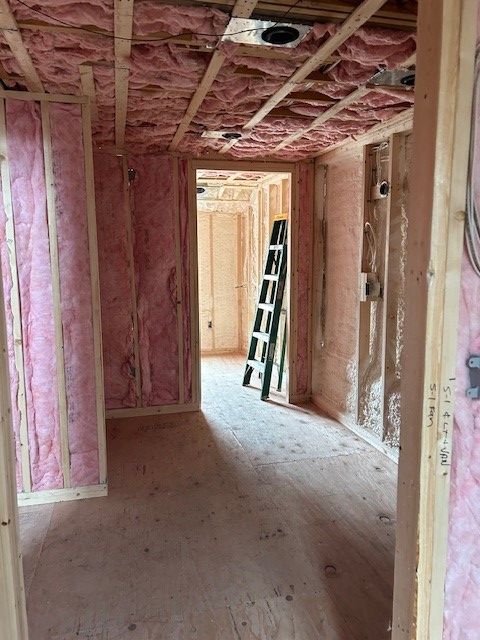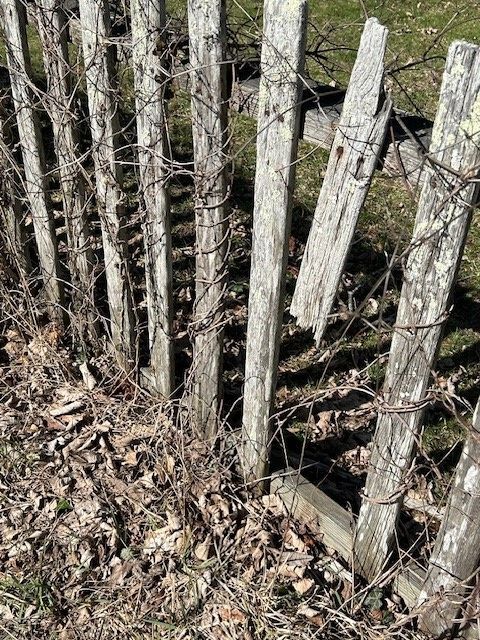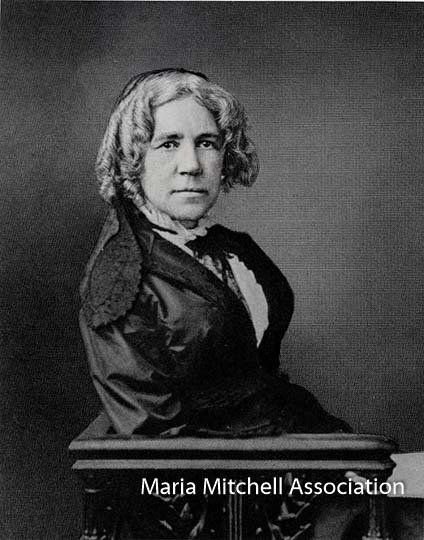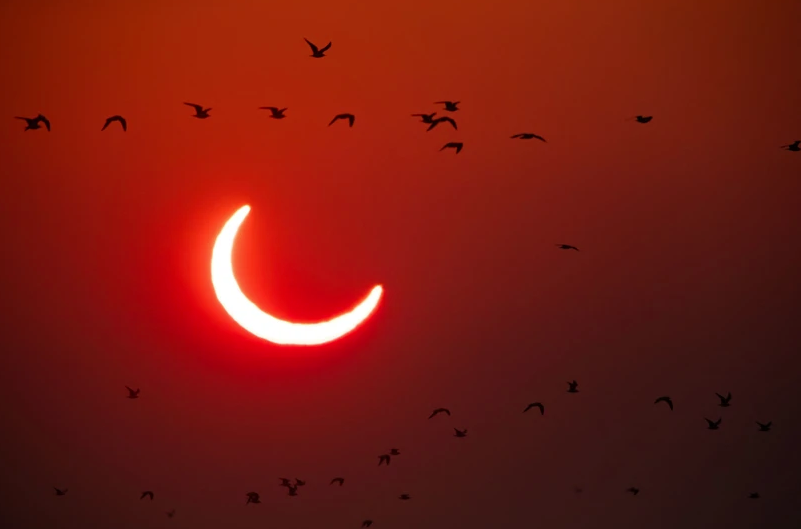Maria Mitchell In Her Own Words
Steamer Castalia
. Sept. 12 {1873}. We are on the 13th day of our passage and only today am I able to write. The passage has not been bad but the pitchy motion which the head winds gave is very sickening and I was scarcely able to move for 7 days. Certainly for 3 days I was violently sick if I moved. And the worst sickness was the giddiness of the 8th and 9th days when if I moved, I was faint, or, my sight failed and things dimmed for a few minutes.
I did not walk across the deck for 10 days, although I crawled up nearly every day . . .
And this was how, Maria Mitchell’s second trip to Europe in 1873 ended. Seasick. She had spent three months in England and Russia, gaining access to the Observatory at Pulkova. She had travelled with her nephew, William Mitchell Kendall, and at times her sister Phebe Mitchell Kendall and her husband, Joshua. You may have read the hysterically funny piece about Maria becoming locked in the train bathroom that I recently posted – this was part of that same trip. No matter where you are raised, even on an island, it doesn’t mean you won’t get seasick! And while this passage doesn’t detail astronomy or Vassar or women’s rights or women and education, I think it shows that Maria – or MM as she referred to herself and signed letters to family and close friends – was just as human as everyone else – even if she was America’s first woman astronomer!
JNLF
Recent Posts


JOIN US
OPPORTUNITIES
CONNECT
Call Us: 508.228.9198
Email Us: info@mariamitchell.org



